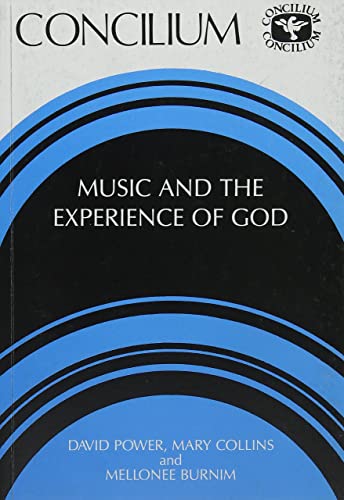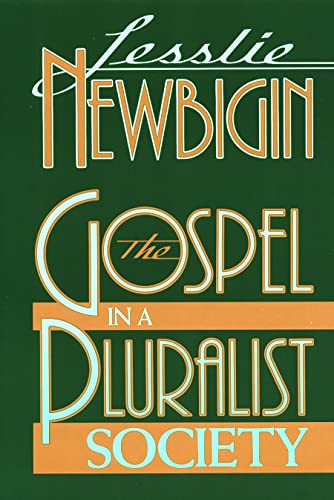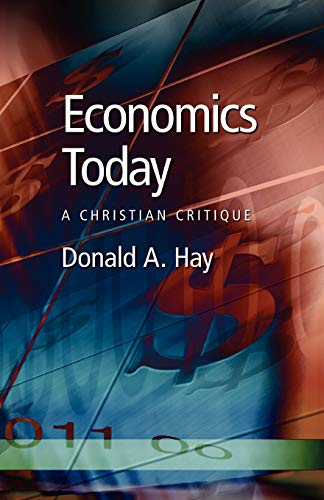Music and the Experience of God
Written by David Power, Mary Collins and Mellonee Burnim (eds.) Reviewed By Jeremy BegbieT. & T. Clark ought to be congratulated for yet another fine issue in their Concilium series, this one focusing on the place of music in our encounter with God. It consists of a series of essays by theologians, liturgists, musicologists and ethnomusicologists (those who study music in different cultural contexts), spanning a wide variety of topics from plainsong charts to negro spirituals. The outlook is thoroughly international, and lessons are drawn from other religious traditions, among them tribal religions in Africa, Asia and North America. The opening set of articles examines contemporary problems in liturgical music, the second set looks at music in black African worship, the third examines aspects of ritual music, and the fourth offers theological reflections on music in public worship. In general the style is readable, but poor translations have made one or two of the essays obscure (notably that by Adrien Nocent).
Theologically, it is evident from the outset that we are on mainly Roman Catholic territory, and a basic knowledge of recent developments in Catholic church music would certainly help the reader. In particular, one needs to bear in mind the repeated plea since the second Vatican Council that a suitable place within the church be found for local musical traditions, that the imposition of one ‘sacred’ style is likely to do more harm than good. Even so, the book has implications far beyond Catholicism. Here I can only highlight some of the most important themes to emerge. First, there is a general agreement that music in worship must serve the Word, and rightly so. Music must never usurp the gospel itself. Yet, second, alongside this runs an awareness that music is not merely some kind of neutral vehicle for the transmission of a ‘message’; it carries its own meaning. Studying the role of music in non-Western communities reminds us that it can be a powerful means of communication—for good or ill—prior to any formulated word. The upshot of this is that when we are trying to assess the viability of various forms of music in worship, we need to be sensitive to what the music conveys on its own. David Power remarks: ‘It could be that much of the popular music of the Western world not finding its way into church assemblies has its roots in this perception’ (p. 149). This point relates to a third, wider, theme, which runs throughout the book, namely that we cannot afford to see music in some kind of vacuum, as we are prone to do in the West. We cannot isolate music from our physical make-up, from other human activities, from its social setting. As the ethnomusicologists remind us here, this is highly artificial: music’s capacity to enrich our lives cannot be understood apart from its physical effect and its corporate, social context. As David Power puts it, music is a way of ‘situating a self or a people in time and space’ (p. 149). The point is underlined in the articles by James Cone and Mellonee Burnim on black music—both stress the importance of bodily rhythm and movement as integral to music. And it is re-affirmed in David Dargie’s tale of the Western bowdlerization of South African Xhosa music by Western missionaries, when African rhythm and form were expunged in the name of orthodoxy. The lesson is clear: to think seriously about music in our churches means listening to those who have pondered carefully the function of music in communities elsewhere.
Sadly, I can think of no comparable volume from a Protestant source which tackles these important issues in such depth. The insights of this book, if extended, expanded and carefully applied, could revitalize the music of any denomination. In her introduction, Mary Collins comments that a ‘critical theology of music in Christian worship awaits further development’ (p. 5). Maybe; but this book is a significant contribution to that task.
Jeremy Begbie
Ridley Hall, Cambridge






